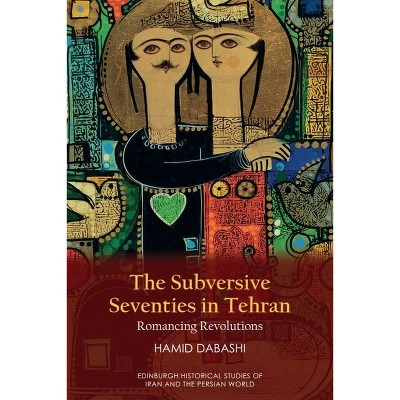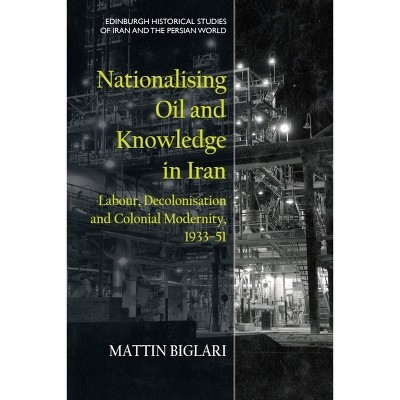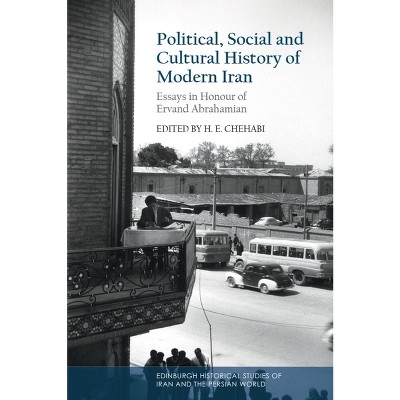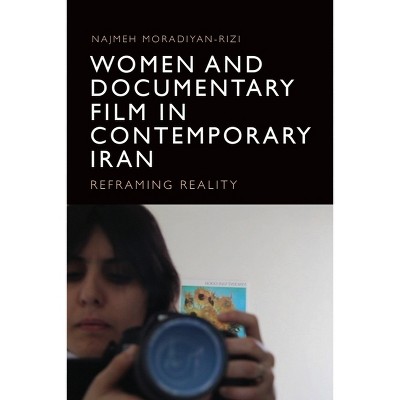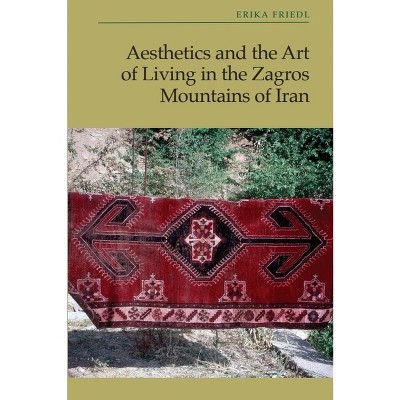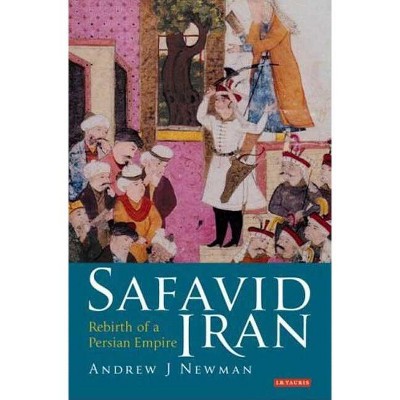Sponsored

The Ottoman Empire and Safavid Iran, 1639-1683 - by Selim Güngörürler (Paperback)
Pre-order
Sponsored
About this item
Highlights
- Ottoman-Safavid relations after 1639 have been dismissed as marginal and assumed not to have produced sufficient documentation to facilitate a study, wherefore the subject matter has lacked even an introduction providing basic facts, let alone a comprehensive treatment.
- Author(s): Selim Güngörürler
- 208 Pages
- History, Middle East
Description
About the Book
Explores how the longest peace of the early modern Middle East was established and consolidated.Book Synopsis
Ottoman-Safavid relations after 1639 have been dismissed as marginal and assumed not to have produced sufficient documentation to facilitate a study, wherefore the subject matter has lacked even an introduction providing basic facts, let alone a comprehensive treatment. This book establishes for the first time the mission exchanges, correspondence, negotiations, and borderland encounters by drawing on scattered and hitherto-untapped archival documents, chronicle entries, and travelogues by the Ottomans, Safavids, and Europeans. Working up the information unearthed thereby, it reconstructs the groundwork of these dealings, highlights trends, and contextualizes the facts.
The book refutes the assumption that the mid-seventeenth-century interstate scene of the Middle East was eventless, and documents how the parties in question intensively bargained, displayed goodwill, made demands, delivered threats, presented displays of might, asked for privileges as well as concessions, and brought in third parties to their relations, all within an unequal relationship in strength, hierarchy, order of precedence, ranks, and protocol.
Review Quotes
Güngörürler's thorough research and balanced analysis make this book an essential contribution to the study of Ottoman and Safavid diplomacy, as well as to the broader field of early modern Middle Eastern history. By focusing on the bureaucratic and diplomatic mechanisms that underpinned the peace between the two empires, Güngörürler offers a fresh perspective on a relationship that has often been characterized solely by its sectarian and military dimensions.--Ayşe Baltacıoğlu-Brammer, American Historical Review
On the background of earlier Ottoman-Safavid relations, Selim Güngörürler discusses how three key geographical areas and 17th century periods of diplomatic endeavors kept up the 1639 peace of Zuhab despite warlords' frontier activities. Many hitherto unknown archival materials draw a detailed picture of the more peaceful attitudes of the two Islamic states towards each other.--Claudia Römer, University of Vienna
Shipping details
Return details
Trending Non-Fiction






